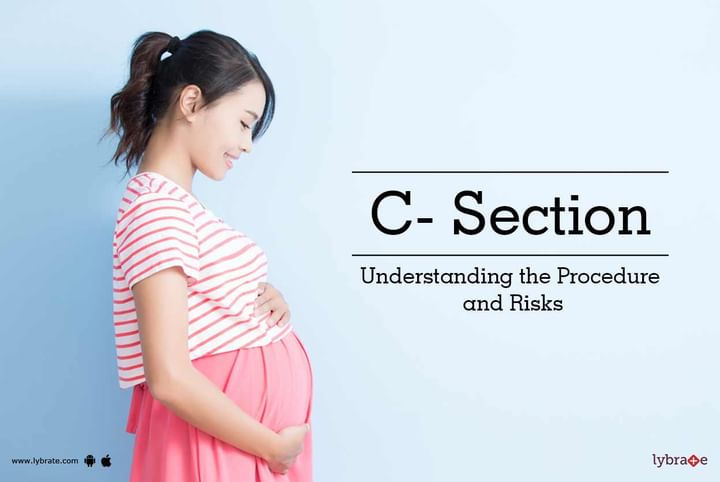C- Section - Understanding the Procedure and Risks
C-section or Caesarean section is a surgery performed to deliver a baby. The baby is taken out from the abdomen through an incision in the abdominal wall. This surgery is performed when there is some sort of physical difficulty in natural childbirth through the vagina. Other reasons for performing a C-section are when the mother is carrying more than one baby, or the health of the baby is in danger. It could also be because of an undesirable fetal position, or when the mother is physically unable to push the baby out of the uterus.
Procedure followed in C- Section
The procedure is most often done when the mother is in her senses and awake. However, epidural or spinal anaesthesia is provided to numb the body from chest to the feet, before the surgery is performed.
An incision is made on the lower abdomen, above the pubic area. A cut is made through the uterus and amniotic sac. The baby is pulled out from this opening. The umbilical cord is cut and cleaned. The fluids are cleaned from the baby’s mouth and nose. The infant’s breathing rate, heart rate and other vitals are kept under observation.
Recovery from a C-section can take several weeks. The stitch wounds need to heal, including the recovery of pelvic muscles. It is important to walk around and do some very light exercises to boost the healing procedure. Doctors may prescribe painkillers in some cases and advice on effective post-operative care. Though the surgical procedure is quite safe now, with the use of highly advanced technology, there are risks that cannot be entirely ignored.
Risks associated with C-section
-
Infections: Any surgery has some risk of infection associated to it. In the case of a C-section, an infection can occur around the site of incision that may rapidly spread in the uterine wall and other internal pelvic organs.
-
Haemorrhage: Blood refuses to clot and dangerously high quantity of blood is lost in the process. In such a case, it requires immediate transfusion and intensive care.
-
Injuries: The mother or the baby, both have a risk of getting injured during the surgery. Although these are rare, but the infant may suffer nicks and cuts while being manually pulled out from the womb. Other organs of the mother located near the pelvis may suffer minor or major wounds.
After the C-section, the mother and child will be retained in the hospital for 2 to 3 days, under intense care and constant monitoring. It is important to exercise and take the medications as advised by the physician to prevent any complication. If you wish to discuss about any specific problem, you can consult a gynaecologist and ask a free question.



+1.svg)
